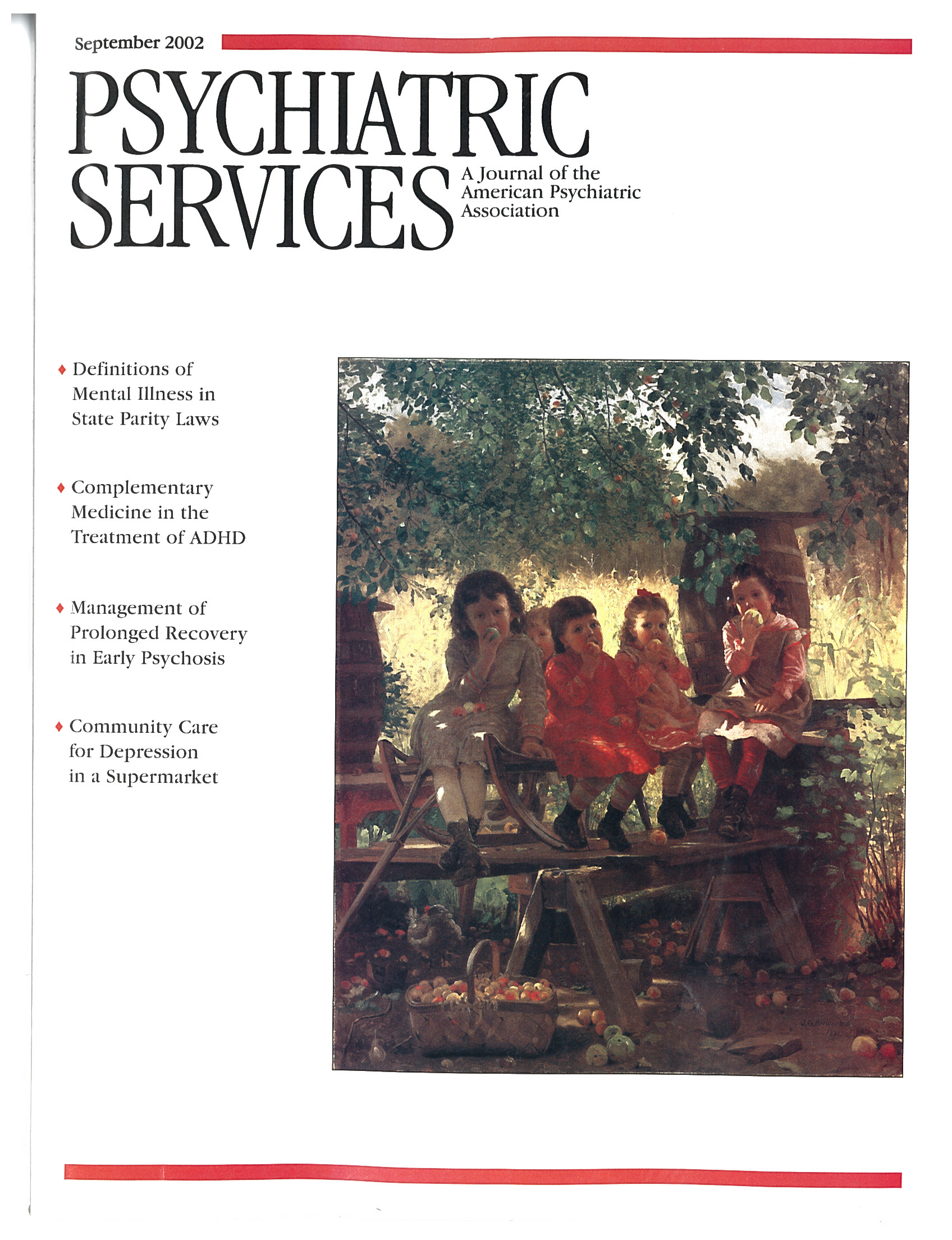Models of the Mind: A Framework for Biopsychosocial Psychiatry
This is a concise text that examines each of the three parts of the biopsychosocial model and then demonstrates from case examples how to use each model of the mind—the biological, the psychological, and the social—to formulate differential diagnoses and treatments. Models of the Mind grew out of a series of lectures that Dr. Dilts gave to medical students during their psychiatry rotation. The book is written primarily for third- and fourth-year medical students as well as psychiatric residents as a framework for understanding the core concepts of psychiatry. Other targeted readers include nursing students, psychology students, and others in the allied health fields.
The book consists of five parts. Part 1, "Models of the Mind," presents the concept of mental illness in general, as depicted in DSM-IV and as applicable to the biopsychosocial model.
Part 2, "Biological Models" gives a brief presentation of the basics of neurobiology and addresses the biological models of the psychiatric disorders. In addition to describing the major psychiatric diagnoses, the author gives an overview of the pathophysiology of these illnesses and a review of the biological treatments for them.
Part 3, "Psychological Models," presents the theories of Freud, object relations, self psychology, dynamic psychology, cognitive psychology, and behavioral psychology. Case illustrations are included, which is particularly helpful for readers who have not had exposure to these theories.
The third model of the mind is presented in part 4, "Social Models." This section addresses the aspects of the individual in society, group psychology, and ethical and legal considerations that affect illness and need to be considered in treatment. Important topics covered include attachment, stress, violence, suicide, boundaries, family theories, and involuntary treatment.
In part 5, "Biopsychosocial Psychiatry," Dr. Dilts pulls together the three models of the mind and discusses how they apply to the establishment of a differential diagnosis and how to prioritize the possible diagnoses through a diagnostic cascade. The final chapter of this section gives an example of the biopsychosocial interview and an example of how to formulate an assessment from the interview.
Models of the Mind provides the reader with the framework of the biopsychosocial model and guidelines for applying the model to diagnosis and treatment. The text is easy to read and understand, even for those with no prior psychiatric knowledge. The key points listed at the end of each chapter, along with the many cases given throughout the book, enhance the reader's learning. It is an excellent book for its target audience.
Dr. Fisher is assistant clinical professor of psychiatry at the University of Virginia in Charlottesville and is affiliated with Catawba Hospital in Catawba, Virginia.



